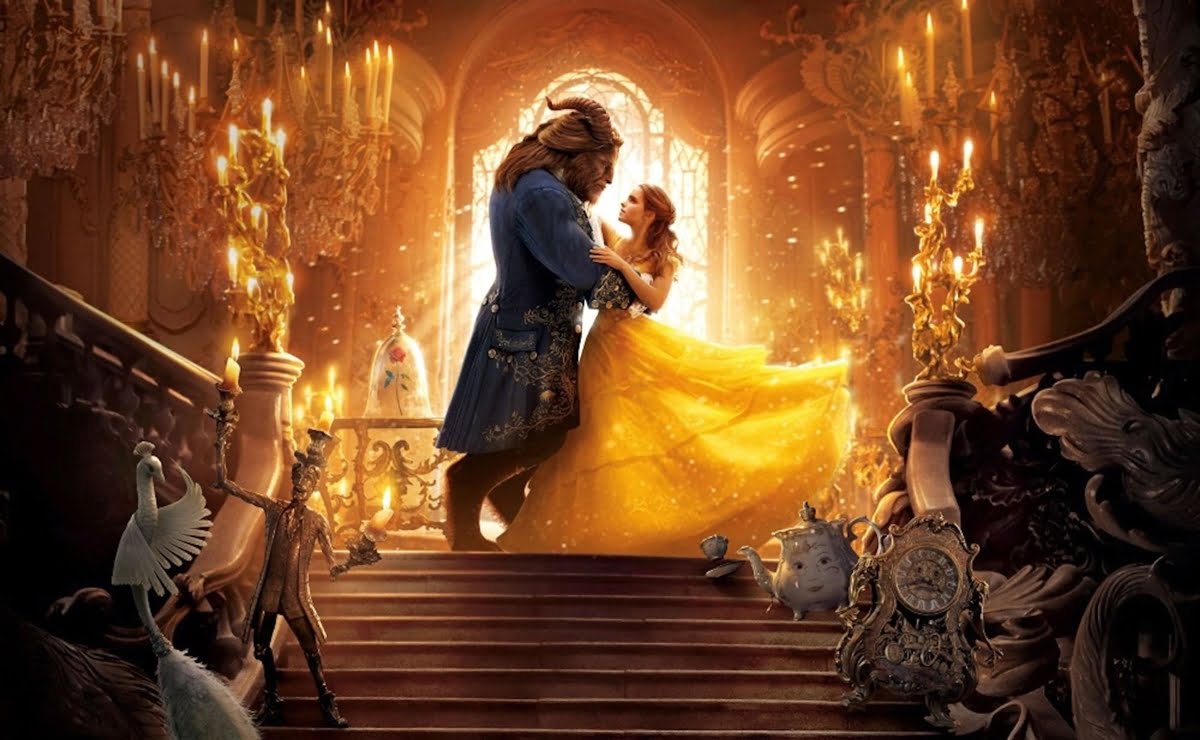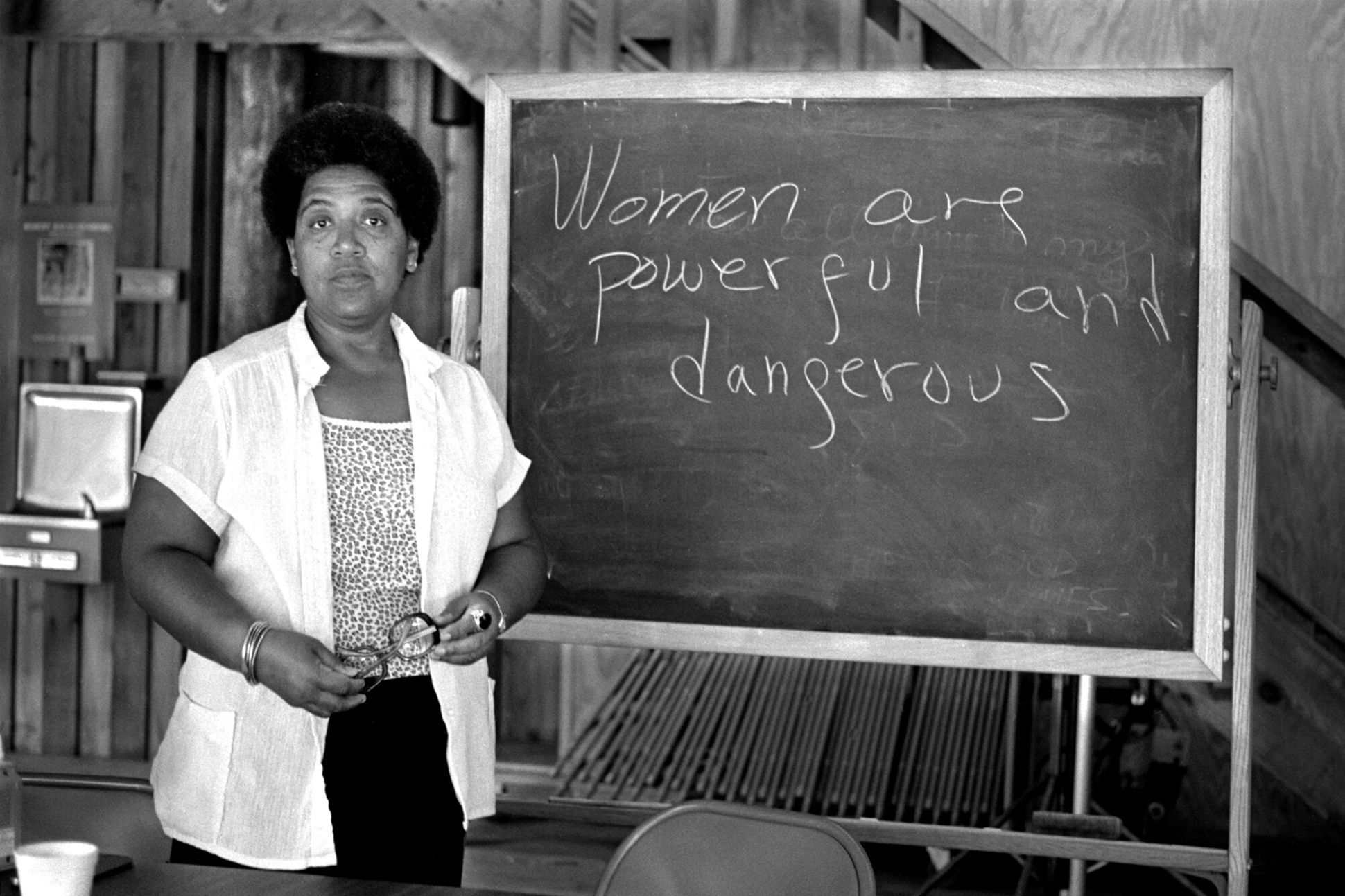Fairytales were originally women’s stories, in stark contrast to the versions we’ve grown up reading. In this article, I’ve talked about how these sanitised and appropriated versions reinforce gender stereotypes and perpetuate sexism. They impact children’s psyche, giving them skewed views about gender roles, body types, marriage and consent. I’ve discussed in detail the problematic aspects in fairytales celebrated worldwide and the need to confront them. The stories of women who refused to be curtailed by societal norms, swept under the rug long back, need to be retold.
I’ve been watching Sex Education on Netflix lately. There’s this scene at the ball where Otis, the male protagonist tells his girlfriend “Fairytales are all about female suppression”. Out of all beautifully crafted feminist motifs, it stayed with me for quite some time till I got myself to pen this down.
I’ve been watching Sex Education on Netflix lately. There’s this scene at the ball where Otis, the male protagonist tells his girlfriend “Fairytales are all about female suppression”. Out of all beautifully crafted feminist motifs, it stayed with me for quite some time till I got myself to pen this down.
The creators of the first fairytales were a coterie of 17th century French female writers known as the conteuses (storytellers). At times when women were highly repressed, Marie Catherine d’Alunoy- the woman who coined the term ‘fairytale’ critiqued the existing patriarchal norms by giving the women in her fictitious tales agency and freedom to choose her lover. This didn’t go down well with many. The Brothers Grimm dismissed the conteuses and tweaked the tales in the 19th century claiming to have reframed the stories as children’s tales. These are the age-old fables that the Disney movies took inspiration from. Women in Grimms’ collected fairytales are oppressed and silenced.
Also read: Indian Feminist Fairy Tales: ‘Unprincess’ and ‘Girls to the Rescue’
Internalised patriarchy necessitated by the subdued female voices stood in the way of rendering original women’s stories. They were depicted as damsels in distress- waiting to be rescued and married off to their masculine saviours, in order to live ‘happily ever after’. This ‘happily ever after’ in the fairytales we see now, often involves- the prince saving the princess from the clutches of the evil, the woman docile and subservient to her male counterpart- his prized possession.
In the story of Little Red Riding Hood, she gets saved by the woodsman- projecting men as the ultimate rescuers. This reinforces pre-defined gender roles in the society. The society is engineered to believe that a woman can’t equal a man’s physical strength.
In the fairytale of the Sleeping Beauty, her longing for an overtly heroic ‘Prince Charming’ to come to her aid and ask for her hand in marriage sheds light on the portrayal of unrealistic standards of happiness and content.
Women in these folktales, often die in childbirth- in Snow White, in Rapunzel, in Cinderella– the classic archetypes of heroines in fairytales, perpetuating beliefs that the ultimate goal of a woman’s life is bearing a child and serving her domestic duties. Brutalities against women are illustrated as harsh truths of life one can’t shy away from.
Fairytales such as Sleeping Beauty glorifies the violation of sexual consent because the princess (while asleep) could not have consented to the kiss from a stranger. This propagates medieval notions about women with men’s control over them, disregarding bodily autonomy.
In Little Mermaid, the Prince is vindicated for rejecting the mermaid because he claimed to have not ‘seen’ the person who saved him, unable to see the ‘self’ of the mermaid. This throws light on how conveniently the society justifies problematic male behaviour. The Sea Witch whose magic potion gives human legs to the mermaid plays the role of a typical mother who indoctrinates her daughter about to set foot in the institution of marriage. She makes her sacrifice her beautiful voice and chop her long hair, thereby ‘disciplining’ her before meeting her in-laws, typical of the ordeals every bride-to-be puts herself through, succumbing to the patriarchal family structure.
This is how sexism has been systematically appropriated under the veil of moralism time and again, as depicted in fairytales.
The Queen in Snow White is the stereotypical imagery of ideal, socially approved standards of beauty- “fairest of them all”. The effects of such depiction penetrate children’s psyche and shape the realities of life.
Fairytales such as Beauty and the Beast romanticises the abduction and imprisonment of the woman who ultimately identifies and falls in love with her captor- a raging case of Stockholm syndrome. If fairytales such as this were to become the rulebook for young boys on how to get a girl to love them, that’s where lies the problem. This might give a misplaced sense of authority to boys to stalk girls and expect them to respond to their overtures.
Women living beholden to megalomaniac kings and princes is certainly not the idea of romance, as opposed what fairytales propagate. It’s detestable how these bedtime fairytales for children across the globe have normalised misogyny by celebrating romantic relationships where women have no agency.
The distorted representations of femininity in fairytales condition young minds into perceiving the handsome, oppressive, demanding man as the saviour-hero and the demure, sacrificing, beautiful maiden as the ideal woman, thereby feeding into the existing societal prejudices.
Also read: 4 Feminist Authors Who Subverted The Fairytale Narrative
The distorted representations of femininity in fairytales condition young minds into perceiving the handsome, oppressive, demanding man as the saviour-hero and the demure, sacrificing, beautiful maiden as the ideal woman, thereby feeding into the existing societal prejudices.
At times when sexual violence against women is making news in mainstream media far more than ever, the role that these stories and fairytales ingrained in popular culture is out there for scrutiny. And so is the need to arrest the ramification of such archaic notions that they seem to endorse and question them instead.
It’s time to reclaim the stories of women- women who refused to be baffled by and conform to patriarchal customs. Contrary to a task as futile as looking for the foot that fits the shoe, let’s try and revive the real women’s stories brushed under the rug long back.
Pritha Bhattacharjee graduated in Mathematics from St. Xavier’s College, Kolkata in 2019. Currently, she is a M.Sc. student in the Department of Mathematics, Jadavpur University. An avid reader, her favourite authors are Somerset Maugham, Khaled Hosseini, Haruki Murakami, Eric Segal to name a few. Feminist literature has always intrigued her- all thanks to Virginia Woolf and Jane Austen. She has organised and actively participated in movements regarding socio-political and campus related issues. Her main areas of interest are democracy, social justice, intersectional politics and women and queer rights. She can be found on Facebook.
About the author(s)
Pritha graduated with a Masters in Mathematics from Jadavpur University, Kolkata. She is currently working at a corporate firm and based in Bangalore. She enjoys reading and is interested in feminist writing. She is hoping to publish her own novel someday. Insta ID: pugnacious_pritha




